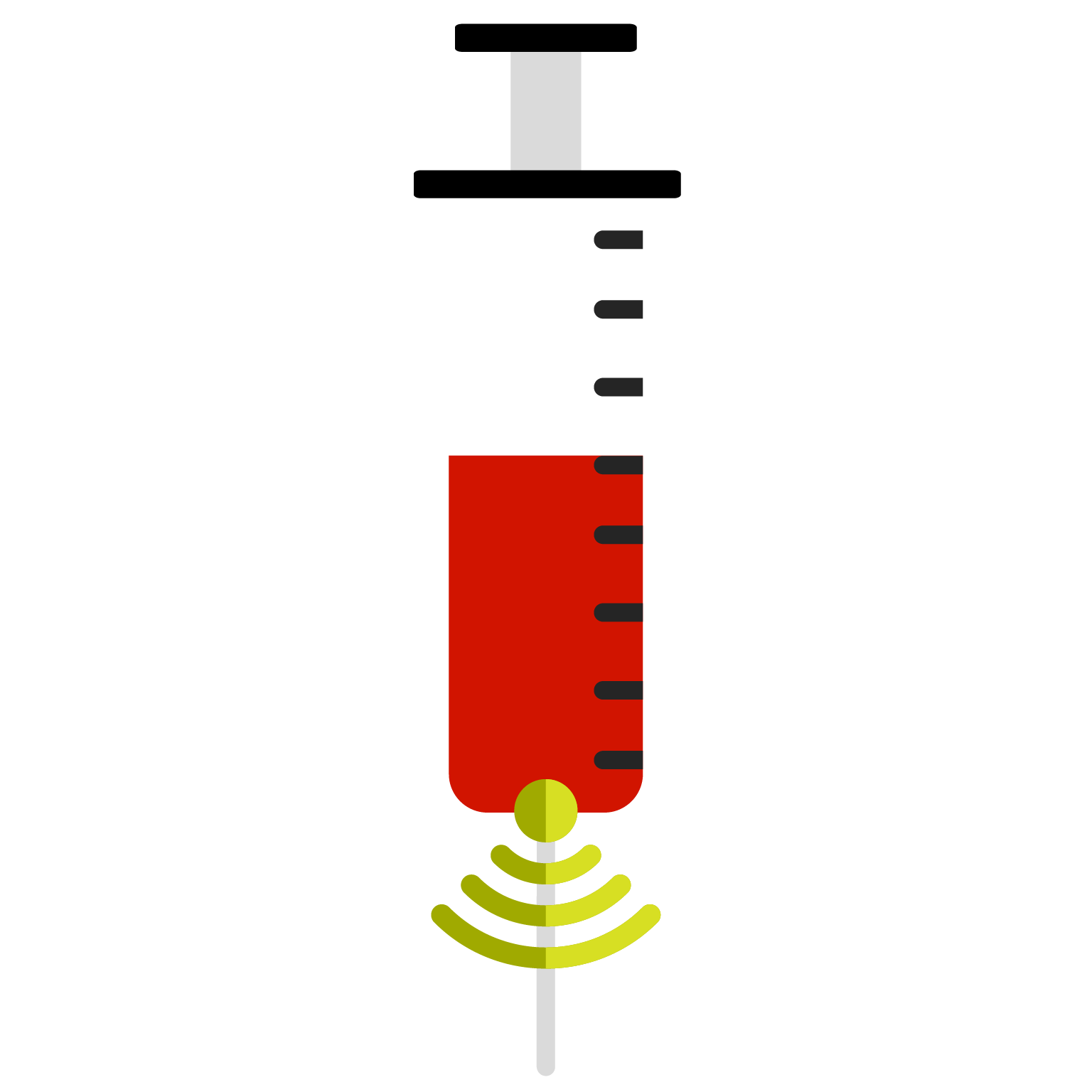stem cell
stem cell defined
To further the body’s propensity to heal itself, Motus uses the patient’s own stem cells to regenerate soft tissue, cartilage, and bone. The use of stem cells is a relatively new concept and many physicians lack the proper education and training to offer this treatment to patients. Motus has received training from physicians who have served as long-standing leaders in this field in the United States.
the breakdown
what is stem cell?
Stem cells are structures that can differentiate into any type of cell in the body (also known as pluripotent or omnipotent cells). For instance, if a stem cell is placed next to a skin cell and given the right signal, it will become a skin cell. For orthopedic injuries, cells cannot get to the area of injury or degeneration. To date, tissue-specific stem cells are the standard of practice. These are obtained from the bone marrow and the fat of subjects. The two main stem cells derived from these sources are mesenchyma and hematopoietic.
the process
how does it work?

Step 1
Harvest stem cells from the patient.

Step 2
Concentrate them using a centrifuge (similar to PRP).

Step 3
Use an ultrasound to guide the stem cells to the treatment area.
Stem cell procedures
key benefits of
stem cell treatment
NOBEL PRIZE IN PHYSIOLOGY & MEDICINE
The Nobel Prize in physiology and medicine was awarded to Drs. Gurdon and Yamanaka in 2012 for achieving the regress mature cells of living human beings into these pluripotent cells. These cells are known as induced pluripotent stem cells (iPSC) and are in their infancy as part of the landscape of orthopedic biologics.
Combining Treatment Elements
In addition to the mesenchymal and hematopoietic stem cells, the concentrate includes similar growth factors found in PRP as well as substances known as cytokines, which recruit more healing cells to the site. The concentrate is injected into the affected site under ultrasound-guidance to ensure accurate placement.
Common Uses
Bone marrow and fat aspirate are commonly used in degenerative conditions such as osteoarthritis and cartilage defects. A retrospective study performed in 2014 by Centeno et al found significant improvements in pain and function at all follow-up intervals after treatment of 840 knees with osteoarthritis using bone marrow aspirate with fat grafting.
Same Day In-Office Procedure
Eliminating the risks or costs associated with anesthesia. Procedures are conveniently performed in a comfortable office setting. PRP procedures take less time in this setting.
Less Cost & Risk
Total knee replacement surgery costs between $56,000 and $58,000. Not including pre-operative costs for office visits,xrays, laboratory work, or the post-surgical costs for physical therapy which can average $2,500 to $4,500. This treatment is conservative, minimally invasive, able to be performed in patients with comorbid conditions.
Book an appointment today!
Contact Us
